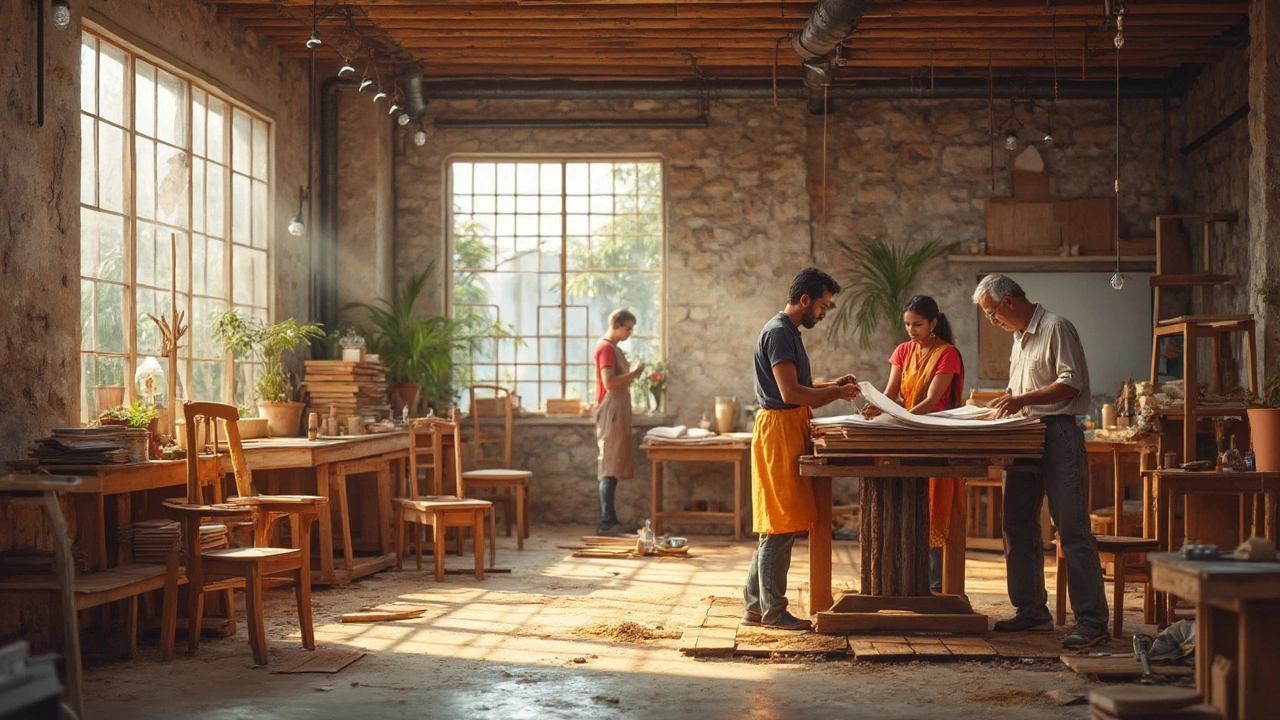Understanding Furniture Business Cost: A Practical Guide
When working with Furniture Business Cost, the total amount a furniture maker spends to design, produce, and sell a piece. Also known as furnishing expense, it combines material purchases, labor wages, equipment upkeep, and the money needed to keep the showroom open. Manufacturing Cost, the sum of raw material and direct labor required for each item is the biggest slice. Supply Chain, the network that moves raw wood, metal, and fabric to the factory and finished pieces to the store decides how much of that slice is eaten up by freight and handling fees. Pricing Strategy, the method used to set the final selling price directly influences the margin left after costs are covered. Finally, Operational Overhead, expenses such as rent, utilities, marketing, and admin salaries adds a steady baseline that every item must help pay.
Key Cost Drivers and How They Interact
The relationship between these entities forms a clear chain. Furniture business cost encompasses material expense, labor wage, and overhead, but each driver behaves differently. Material prices, for example, rise when timber imports face tariffs or when sustainable wood certifications become mandatory; that directly bumps the manufacturing cost. Labor rates are tied to the skill level of carpenters and finishers, so a shop that invests in training may see a short‑term rise in wages but a long‑term drop in scrap and rework. Supply chain efficiency matters because a delayed shipment forces the factory to hold extra inventory, inflating storage costs and tying up cash. A smart pricing strategy looks at these shifting numbers and decides whether to absorb a cost increase, pass it to the customer, or adjust the product mix. Operational overhead stays relatively fixed, yet it can be trimmed by using shared coworking spaces for design teams or by negotiating better rates on utilities. By mapping each attribute—material cost, labor rate, freight fee, rent amount—to real‑world values, a furniture entrepreneur can pinpoint where the biggest profit leaks are happening.
All of this means that anyone browsing the collection below will see real examples of how these cost pieces play out in the market. You’ll find analysis of high‑demand furniture trends for 2025, tips on cutting manufacturing waste, and case studies on pricing models that keep margins healthy. Armed with the definitions and connections above, you’re ready to dive into the articles and pull out actionable ideas for your own furniture business cost management.
